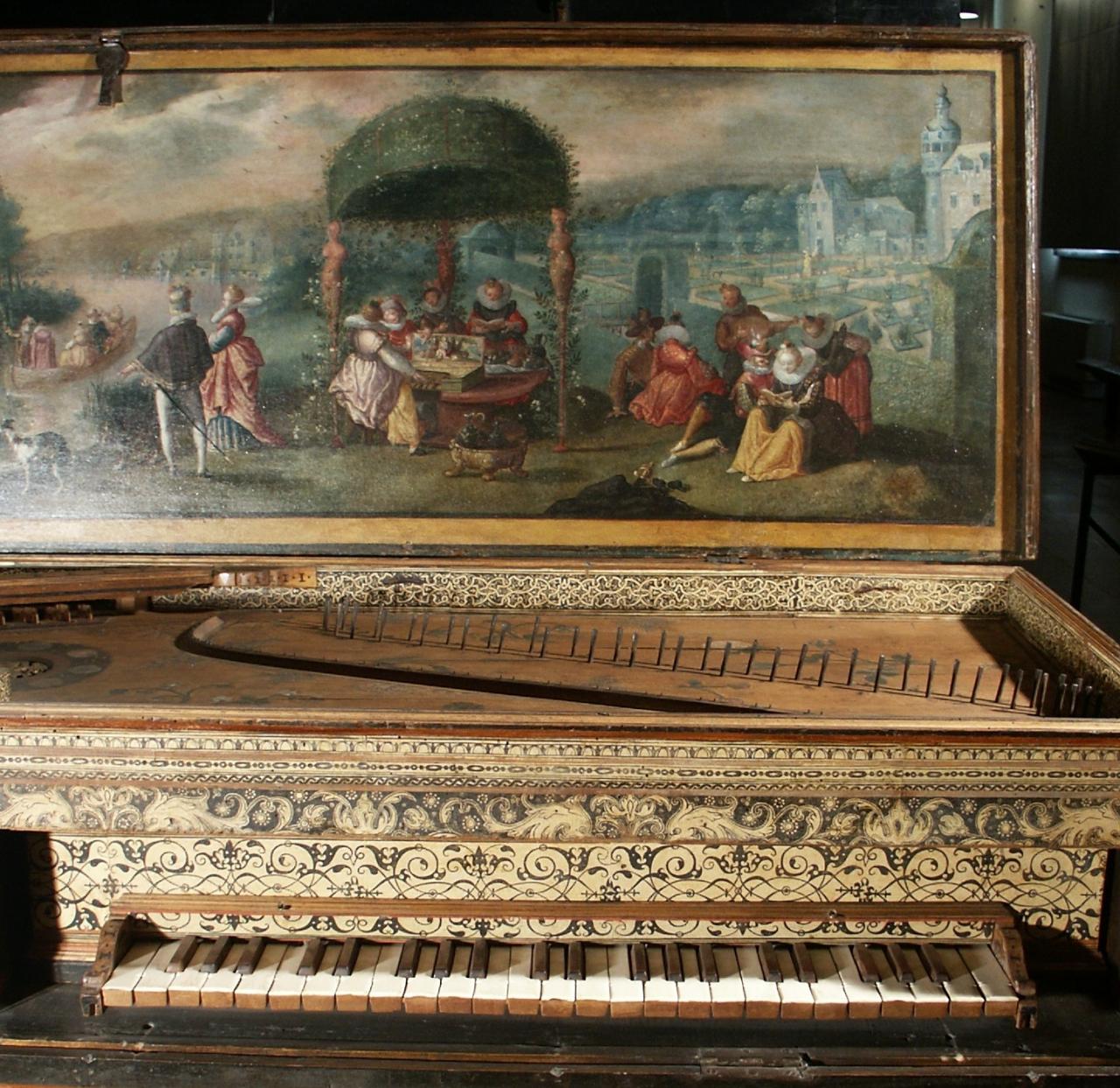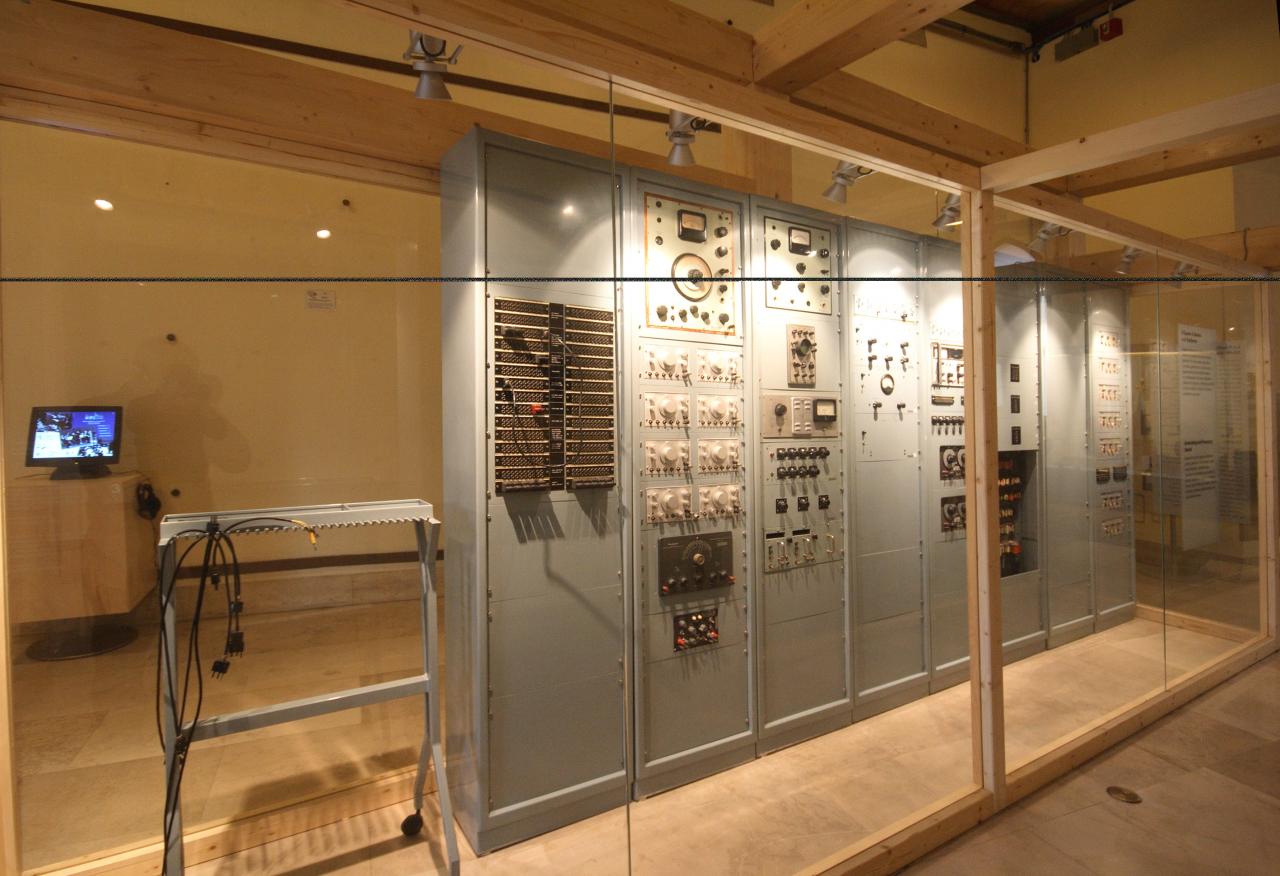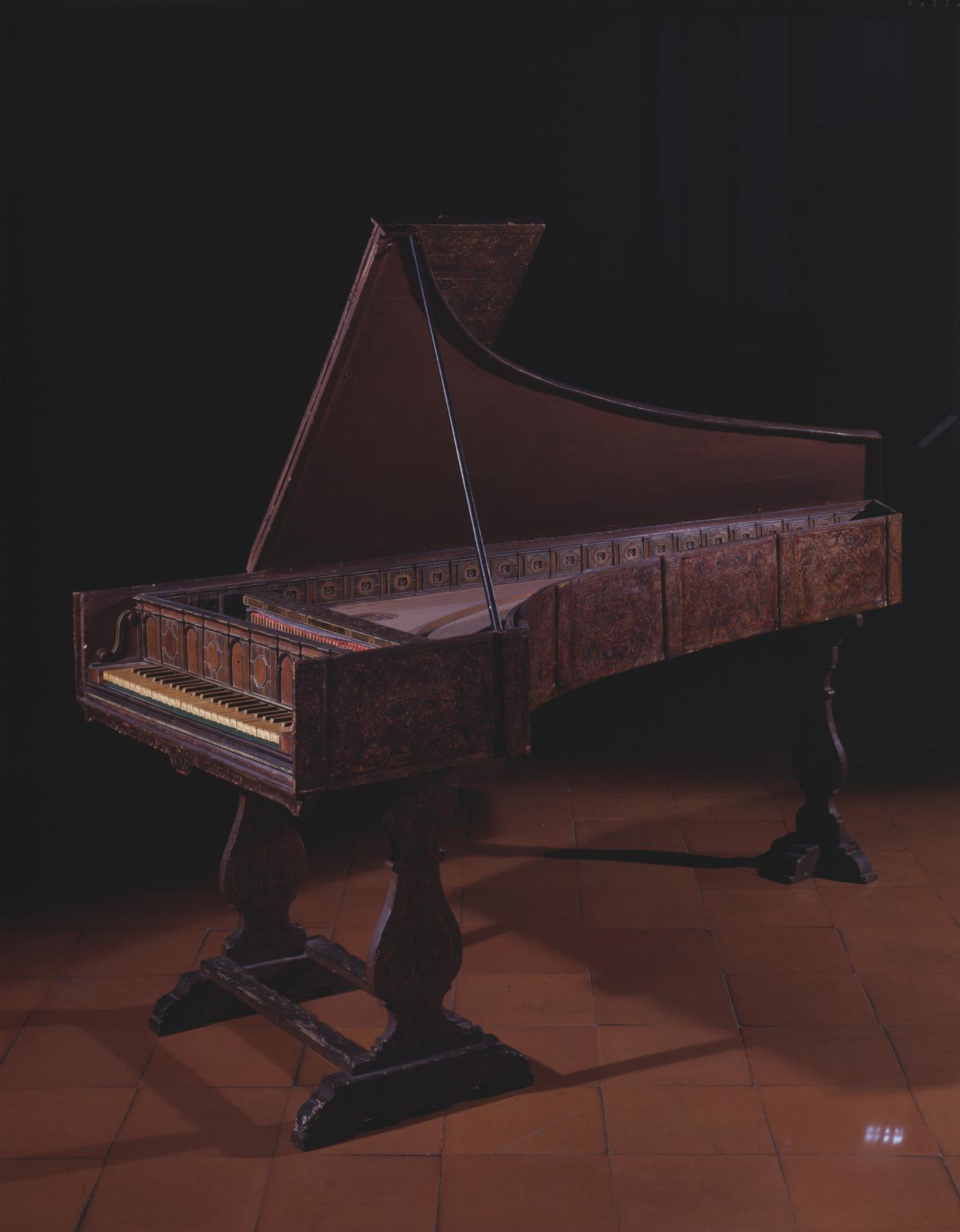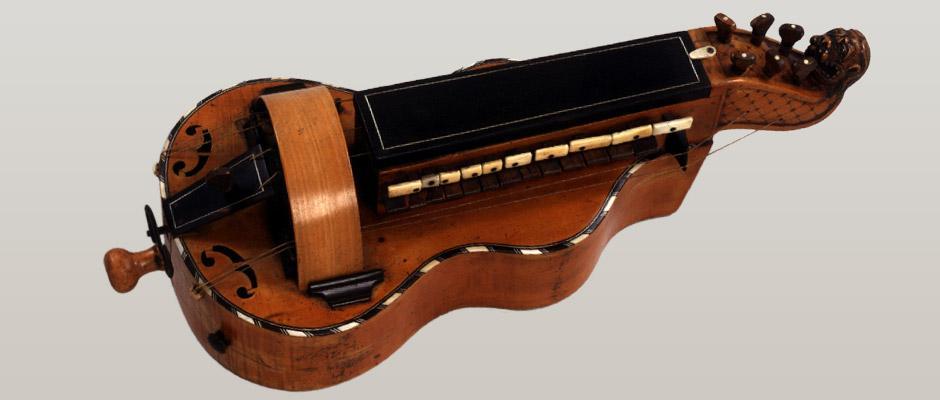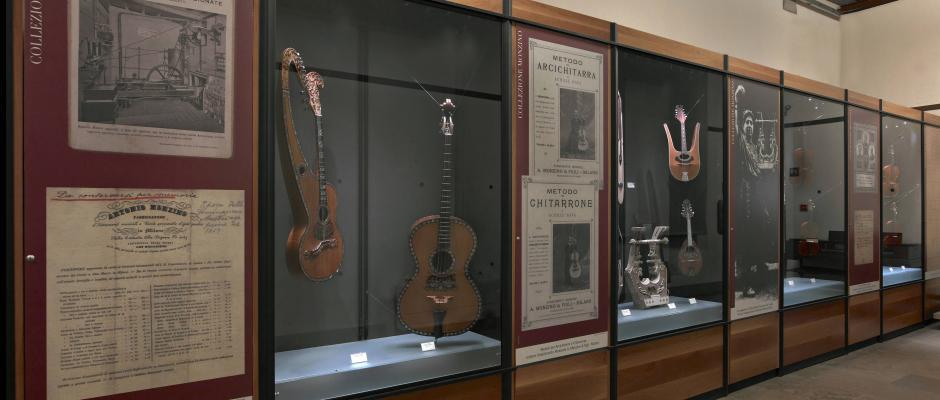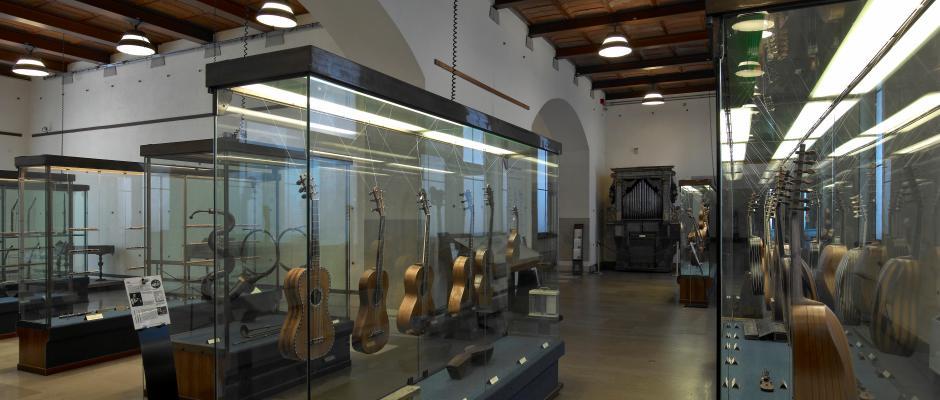The Sforza Castle and the Museum of Musical Instruments
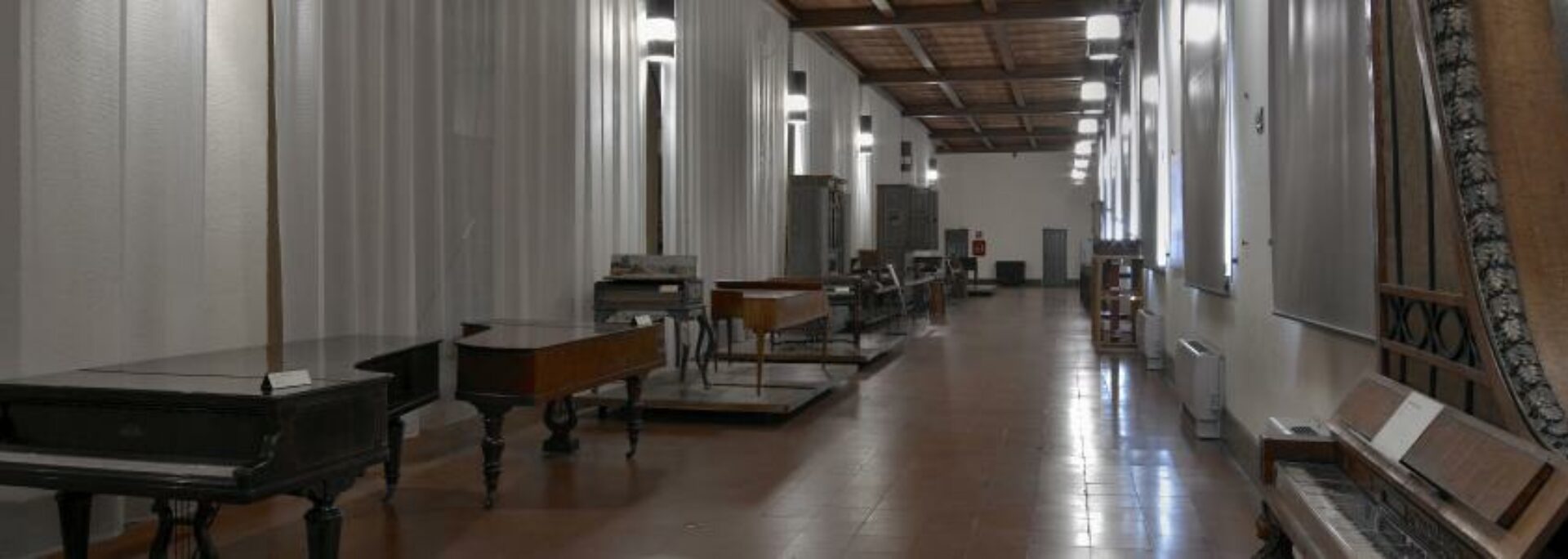
The Museum of Musical Instruments at the Castle, as for its relevance and number of pieces, is one of the most significant ones in Europe and in Italy, being the one in Rome the first one. It holds over 800 works dating from 16th to mid-20th century and promotes knowledge and study of the same instruments by means of relevant restauration workshops and lectures-concerts where the played instruments’ “voice” can be enjoyed by the participants. Those events lead the public to discover how music history is strictly linked to technical evolution. This collection is the result of various collections merged into the Castle since 1950ies up to now, the first one being received by Comune di Milano in 1958 from Maestro Natale Gallini, then followed by the legacy of violinist Antonio Boschi and the donation of collection Monzino (named after the esteemed ancient luthiers’ family). Thanks to the contribution of MITO SettembreMusica, since 2008 visitors can now enjoy the Studio of Musical Phonology, located in one of the museum halls. The Studio, in use at Italian national broadcaster Rai until 1983, is now available for those who are keen on electronic apparels and music archives, or even study them as professionals.
The museum is located on the first floor of the Rocchetta Courtyard, in a wide and bright setting with showcases and hung instruments inside, quite different from each other as for characteristics and geographical origins, some coming from Japan, China and Africa, most of them from Lombardy.
In the first 2 halls of the museum visitors can easily spot the technical sections where showcases keep the tools traditionally used to produce bowed and plucked instruments.
The Museo per tutti guide offers a visitor trail based on the description of the different museum parts by explaining the basic distinction among instrument types (plucked, wind, bowed, keyboard, etc.), inviting people to know them better end better through QR codes in captions that start listening-recorded options. People with intellective disabilities are usually fascinated by such an interesting museum.

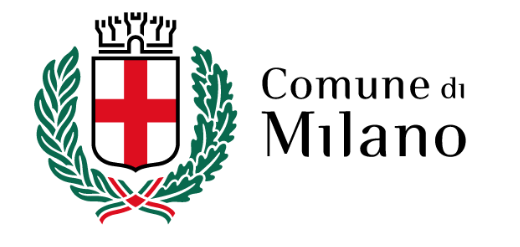

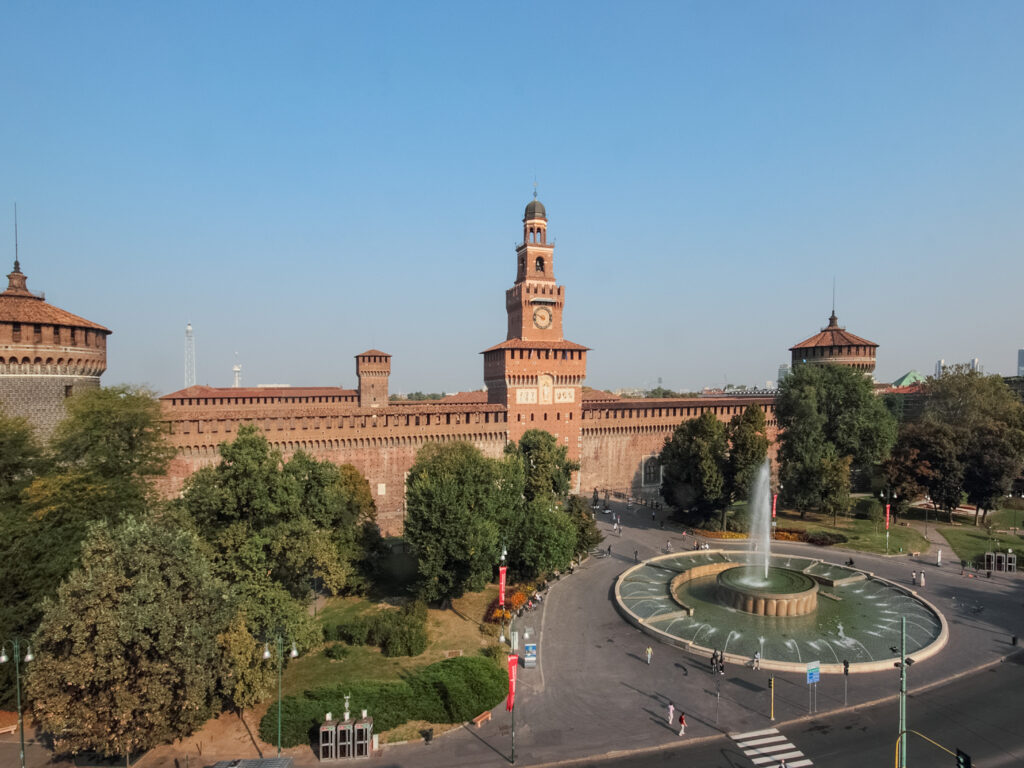
 Accessible toilets
Accessible toilets
 Cloakroom
Cloakroom


